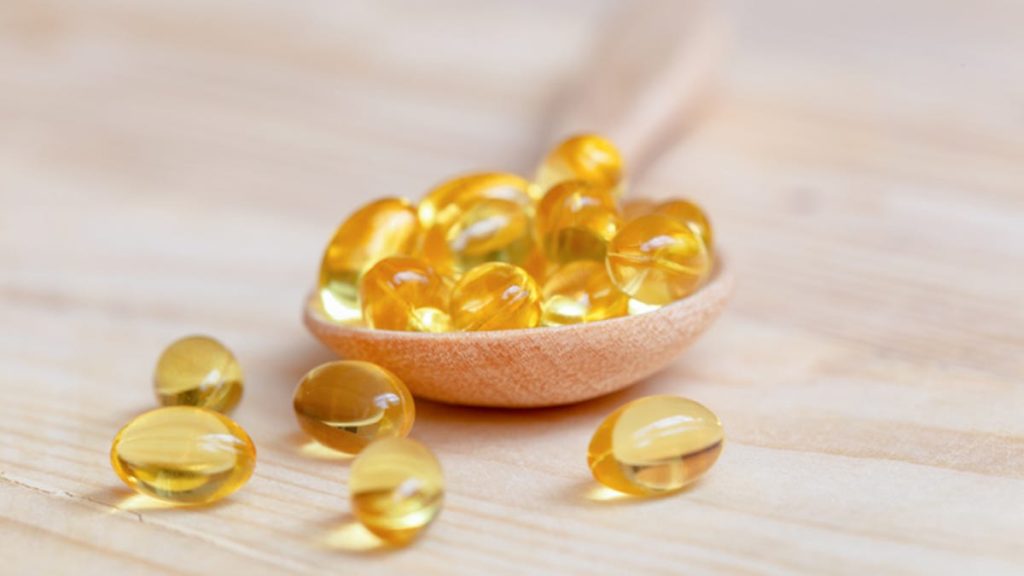Vitamin E: A Comprehensive Overview of its Benefits, Drawbacks, and Dietary Considerations
Vitamin E, a fat-soluble nutrient crucial for human development and function, exists in eight different forms, with alpha-tocopherol being the only one utilized by the human body. It’s primarily known for its potent antioxidant properties, acting as a formidable defense against free radicals, unstable molecules that can damage cells and contribute to various health problems. While many skincare products tout vitamin E’s topical benefits for UV protection, its significance extends far beyond skin health, playing a crucial role in overall well-being. This overview delves into the multifaceted aspects of vitamin E, exploring its potential benefits, potential drawbacks, and recommended dietary intake.
One of the most significant benefits attributed to vitamin E is its potential to lower blood pressure, a major risk factor for cardiovascular disease. Studies have indicated that vitamin E supplementation can contribute to a reduction in blood pressure, although the effects may be less pronounced in individuals with severe hypertension. While the relationship between vitamin E and cardiovascular health remains subject to ongoing research, a long-term study involving 40,000 healthy women revealed a 24% lower risk of cardiac-related death among those who took vitamin E supplements. However, this protective effect was less evident in individuals with pre-existing heart conditions or those at high risk.
The antioxidant prowess of vitamin E is another cornerstone of its health benefits. By neutralizing free radicals, vitamin E shields cells from oxidative damage, potentially reducing the risk of chronic diseases such as cardiovascular disease, inflammatory conditions, cataracts, and cancer. This protective effect extends to the skin, mitigating damage caused by UV exposure and promoting a healthier, more youthful complexion. Additionally, vitamin E’s anti-inflammatory properties can alleviate symptoms associated with chronic inflammatory skin conditions like dermatitis.
For women experiencing premenstrual syndrome (PMS), vitamin E may offer some relief. Studies suggest that combining vitamin E with vitamin D supplementation can effectively reduce PMS symptoms such as cramping, anxiety, and cravings. Given that PMS affects a significant portion of women during their reproductive years, often causing pain and disruption to daily life, this potential benefit of vitamin E is particularly noteworthy.
Despite its numerous advantages, vitamin E supplementation requires careful consideration and adherence to recommended dosages. As a fat-soluble vitamin, vitamin E is stored in the body’s fat tissues and liver for extended periods, potentially leading to accumulation and adverse effects if consumed in excessive amounts. While small doses of vitamin E are generally well-tolerated, high doses can lead to a range of side effects, including blurred vision, diarrhea, fatigue, headache, nausea, rash, stomach cramps, and weakness.
Furthermore, excessive vitamin E intake can exacerbate certain health conditions. For instance, a large-scale study linked vitamin E supplementation to an increased risk of prostate cancer in healthy men. While research doesn’t indicate that vitamin E causes heart disease, some studies suggest it may worsen existing heart conditions and increase the risk of heart attack or stroke. High doses of vitamin E have also been associated with an increased risk of bleeding and hemorrhagic stroke. Therefore, individuals with diabetes, prostate cancer, heart disease, or bleeding disorders should exercise caution and consult with their healthcare provider before supplementing with vitamin E.
Moreover, vitamin E can interact with certain medications, potentially reducing their effectiveness. Medications such as vitamin K, statins, niacin, blood thinners, anti-platelet drugs, and chemotherapy drugs can interact with vitamin E, highlighting the importance of consulting a healthcare professional before adding vitamin E supplements to one’s regimen.
The recommended daily intake of vitamin E for adults is 15 mg, an amount readily attainable through a balanced diet. Foods rich in vitamin E include nuts, seeds, and vegetable oils, with just one ounce of sunflower seeds or almonds providing nearly half the daily requirement. Given the abundance of vitamin E in readily available foods, supplementation is often unnecessary. However, if dietary intake falls short, supplementation should be limited to 15 mg or less per day to maximize benefits and minimize potential risks.
In conclusion, vitamin E is an essential nutrient with a wide range of potential benefits, from protecting against free radical damage to potentially lowering blood pressure and alleviating PMS symptoms. However, like any supplement, it should be used responsibly and with awareness of potential drawbacks and interactions. A balanced diet rich in vitamin E-rich foods is often sufficient to meet daily needs. If supplementation is necessary, consulting with a healthcare provider is crucial to determine the appropriate dosage and ensure safety, especially for individuals with pre-existing health conditions or those taking other medications. By understanding the diverse facets of vitamin E and approaching supplementation with informed caution, individuals can harness its potential benefits while minimizing potential risks.










